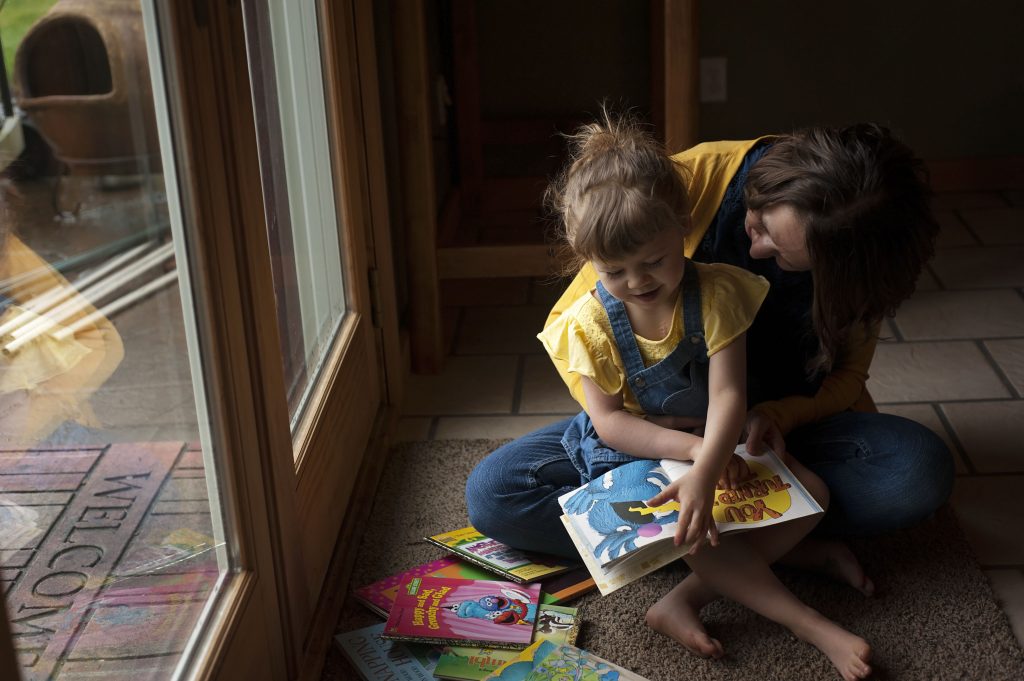Is my child on the autism spectrum?
Autism is a general term used to describe a group of complex developmental brain disorders. It is a spectrum disorder, meaning people with autism can be affected differently and have wide range of abilities. This can make autism extremely difficult to diagnose. These disorders are characterized, in varying degrees, by difficulties in social interaction, verbal/nonverbal communication and repetitive behaviors. Although autism begins in early brain development, the first red flags of autism tend to show between 2 and 3 years of age.
According to the United States Centers for Disease Control and Prevention (CDC)
- 1 in 59 children in the USA are on the autism spectrum
- 1 out of 42 boys, and 1 in 189 girls are diagnosed in the United States.
- ASD (Autism Spectrum Disorder) affects over 3 million individuals in the U.S.
There is no established explanation for the growing increase, but improved diagnosis and environmental aspects are two reasons that are considered.
How early can autism be detected?
ASD can sometimes be detected at 18 months or younger. By age 2, a diagnosis by an experienced professional can be considered very reliable. However, many children do not receive a final diagnosis until much older. This delay means children with ASD might not get the early help they need.
Diagnosing ASD can be difficult since there is no medical test, like a blood test. Doctors examine the child’s behavior and development to make a diagnosis.
“A diagnosis of ASD now includes several conditions that used to be diagnosed separately: autistic disorder, pervasive developmental disorder not otherwise specified (PDD-NOS), and Asperger syndrome. These conditions are now all called autism spectrum disorder.” – CDC
What are signs of Autism Spectrum Disorder?
Children develop differently, each child is a unique individual and may show different behaviors than others. Check with your child’s healthcare provider if you see early signs of ASD behaviors, such as:
- Not returning your smile, giving “back and forth” responses and joyful expressions by 6 months
- May not like physical contact, or prefers to be alone
- Not smiling or making other facial expressions by nine months
- Lack of eye contact, or looking at objects when another person points at them
- Not responding to simple directions
- Seems interested in people, but does not understand how to interact with them
- Not responding to name, is unaware someone is speaking to them, but responds to other sounds
- Seems distant, may have trouble relating to others or shows no interest in other people
- Rocks/flaps hands, has unusual reactions to smell, taste, sights, touch or sound
- Makes excessive motions repeatedly
- Repeats words or phrases said to them, or replaces repetition with normal speech
- Has trouble adapting to changes in routines
- Does not play “pretend games” (for example, does not pretend to “feed” a stuffed animal)
- Suddenly stops talking or loses formerly captured social skills at any age
- Not pointing to show interest, or using other hand gestures
- Has challenges expressing their needs using typical words or motions
- Not babbling by twelve months old
- Not making meaningful, 2-word original phrases by 24 months
Where can I get help in Lewis County?
For help locally with screening questionnaires, contact The Link – a resource center at Centralia College. Request a SMART (School Medical Autism Review Team) packet at thelinkcoordinator@outlook.com or call 360-508-4287.
